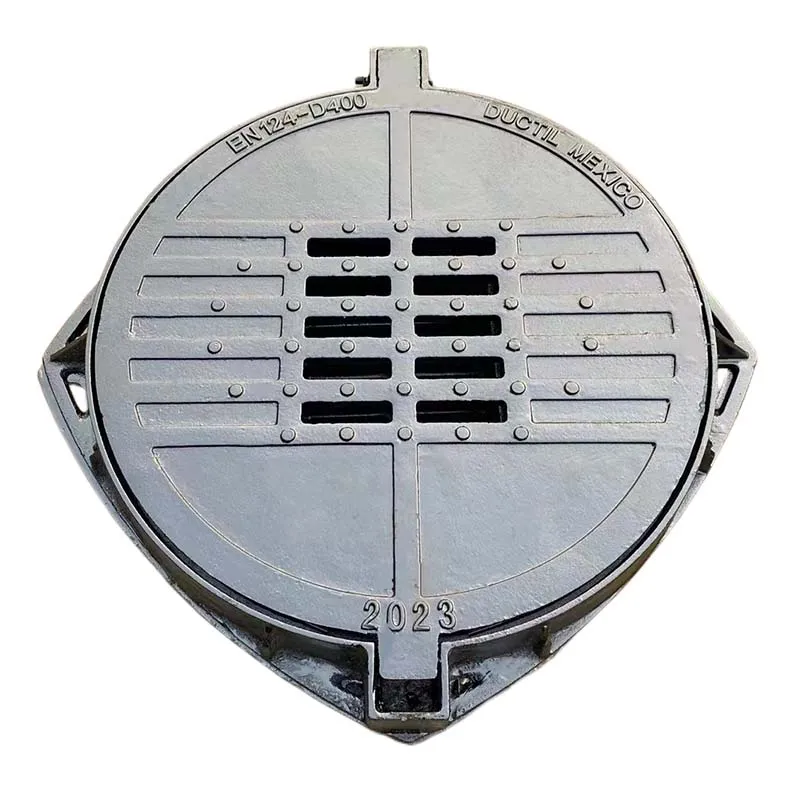Optimizing Drainage Systems with Effective Channel and Grate Designs for Improved Water Management
Understanding Drain Channels and Grates Essential Components of Urban Drainage Systems
Drain channels and grates play a pivotal role in urban drainage systems, ensuring efficient water management and preventing flooding in populated areas. As urbanization increases, the need for effective stormwater management becomes more critical, making these components indispensable.
What Are Drain Channels and Grates?
Drain channels are designed to collect and transport surface water to drainage systems, rivers, or retention areas. They are typically made from materials like concrete, metal, or plastic and are strategically placed in areas prone to water accumulation. Drainage grates, often placed atop the channels, serve as covers that allow water to flow into the channel while blocking debris, leaves, and other unwanted materials from entering and obstructing the system.
Importance of Drain Channels and Grates
One of the primary functions of drain channels and grates is to mitigate flooding risks. In heavy rainfall, these components facilitate the rapid removal of excess water from streets, parking lots, and other impermeable surfaces. This not only protects property but also enhances public safety by maintaining road accessibility and reducing the potential for accidents caused by standing water.
Moreover, drain channels are vital for preventing erosion. When excess water flows freely over land without adequate drainage, it can erode soil, damaging landscapes and undermining structures. By directing water flow through designated channels, cities can preserve their natural environments while safeguarding the integrity of buildings and infrastructure.
drain channel and grate

Design Considerations
Effective design is crucial for drain channels and grates to function optimally. Engineers must consider factors such as rainfall intensity, soil absorption rates, and the slope of the land when designing these systems. The size and shape of the grate are also significant; they must be large enough to allow for efficient water flow while still preventing larger debris from entering the drain. The material selection for both channels and grates must balance durability and corrosion resistance, particularly in environments exposed to varying weather conditions and pollutants.
Maintenance and Management
Regular maintenance of drain channels and grates is essential to ensure their longevity and efficiency. Clogged grates can result in water pooling, leading to the very issues these systems are meant to prevent. Municipalities often implement routine inspections and cleaning schedules to remove debris and sediment that accumulate in and around these structures. Public awareness campaigns can also encourage residents to prevent littering near drainage systems.
Conclusion
In summary, drain channels and grates are fundamental to effective urban drainage systems. They not only mitigate flooding and prevent erosion but also play a crucial role in maintaining the safety and functionality of urban environments. As cities continue to grow and face the challenges of climate change, investing in well-designed and maintained drainage systems will become increasingly important in order to protect both the community and the environment. Understanding and appreciating the role of these components can lead to more informed decisions about urban planning and infrastructure development, ultimately resulting in resilient and sustainable cities.
-
The Smarter Choice for Pedestrian AreasNewsJun.30,2025
-
The Gold Standard in Round Drain CoversNewsJun.30,2025
-
The Gold Standard in Manhole Cover SystemsNewsJun.30,2025
-
Superior Drainage Solutions with Premium Gully GratesNewsJun.30,2025
-
Superior Drainage Solutions for Global InfrastructureNewsJun.30,2025
-
Square Manhole Solutions for Modern InfrastructureNewsJun.30,2025
-
Premium Manhole Covers for Modern InfrastructureNewsJun.30,2025
